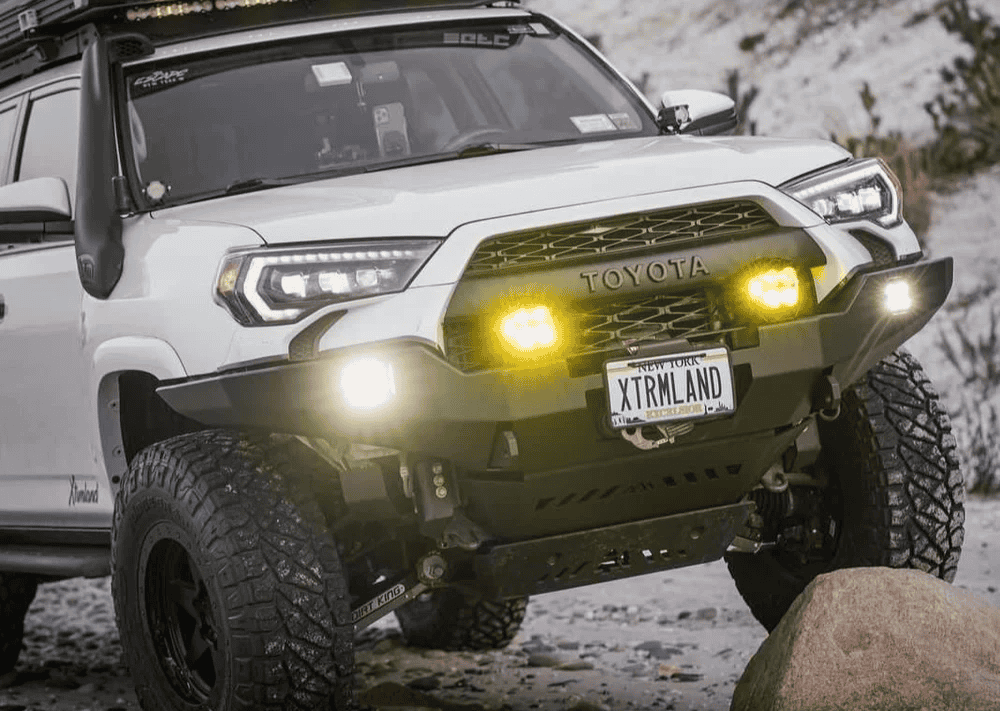Overland Vehicles

An expedition rig is a system built around a purpose. Before buying the first part, define where you will travel, how long you will be out, and what weather and elevation you will face. Outline your group size, comfort needs, and the tasks the vehicle must perform each day. That mission profile drives platform choice, payload targets, range goals, and the type of protection and tools you carry. When the mission is clear, every component earns its spot.
Pick a platform with a reputation for reliability and a service network you can reach. Confirm the gross vehicle weight rating, then set a realistic payload budget for people, fuel, water, gear, and accessories. Keep weight low and centered to protect handling and braking. Choose gearing and cooling that tolerate heat, grades, and heavy loads. Favor factory components and common service parts so field repairs remain straightforward. Simplicity beats novelty when the route gets rough.
Suspension should support weight without harshness. Match spring rate and damping to the final mass, then verify travel and bump control under load. Select all terrain tires with strong carcasses and the right load index, sized for clearance without compromising gearing. Protect steering and tie rod geometry, and align for both highway tracking and trail compliance. Carry a full size spare and plugs, plus a compressor and quality gauge.
Add armor only where the mission demands it, since steel and aluminum eat payload in a hurry. Skid plates for vital systems, rock sliders for body protection, and high clearance bumpers where approach and departure angles matter. Pair quality recovery points with a rated strap, soft shackles, traction boards, and a shovel. Locking diffs or limited slip units improve traction when the surface changes quickly, while a transfer case with low range controls crawling and descents.
Modern expeditions rely on fridges, comms, and navigation, so the electrical system needs to be quiet and consistent. A dual battery approach with a DC to DC charger, solar input sized to average consumption, and a smart fuse layout keeps things tidy. Protect critical circuits with labels and spares. Radios, satellite messengers, and a cell booster extend communication when needed.
Plan amp hours for refrigeration, lighting, fans, and device charging. Size wiring for voltage drop and heat, and ventilate battery spaces. Keep antennas away from roof clutter to improve range. Mount controls within reach from the driver seat to maintain focus and safety.
Water storage should be secure, easy to sanitize, and insulated against temperature swings. Use quick connect lines, a sediment prefilter, and a fill strategy that avoids cross contamination. Fuel range should cover worst case headwinds and low speed terrain. Heat management matters for both the engine and cabin, so choose cooling upgrades and ventilation that keep people and components comfortable.
Modular drawers and tie down tracks keep weight low and secured. Use soft bags for clothing and hard cases for tools and cooking gear. A medical kit, fire extinguisher, and gas sensor belong within arm’s reach. Keep the windshield clear, mirrors unobstructed, and lighting aimed correctly to avoid fatigue and glare. Build a maintenance kit with belts, fluids, fuses, and the tools you know how to use.
Map your build in phases. Install essentials first, then run a shakedown trip to gather data on comfort, consumption, and noise. Trim the kit after every outing to remove what you did not use and upgrade what failed. Record axle weights and adjust spring rates and tire pressures to match real numbers, not guesses. The best expedition rigs evolve through field time, not just spec sheets.
Working with a professional builder can compress this learning curve and prevent expensive dead ends. If you want experienced hands on your platform and a clean, serviceable finish, explore our Overland rigs to see what thoughtful systems look like in practice. For targeted upgrades guided by real travel experience, our Custom overland upfit approach turns a good vehicle into a capable expedition partner. Curious about process, craftsmanship, and client experience from planning through handoff, including onsite orientation in Fayetteville Arkansas, read Why choose OZK Customs.
You now have a blueprint for how to build an expedition rig that holds up to distance, weather, and load. OZK Customs designs and builds complete expedition vans, trucks, and towables with tuned suspension, reliable power, clean interiors, and protection that matches your mission. We listen first, then design a plan that fits range, payload, and comfort needs, and we hand off with a thorough orientation so you roll out confident and ready for the trail.
Internal resources to continue your planning:
Ready to translate a solid plan into a rig that thrives off grid? Our Fayetteville Arkansas team designs and builds expedition ready vans, trucks, and trailers with reliable power, clean interiors, and tested protection. Share your mission and timeline, and we will map a build path that fits your budget and delivers confidence on the trail. Start your consult today.
ADDRESS:
6159 E Huntsville Rd, Fayetteville, AR 72701
PHONE:
(479) 326-9200
EMAIL:
info@ozkvans.com